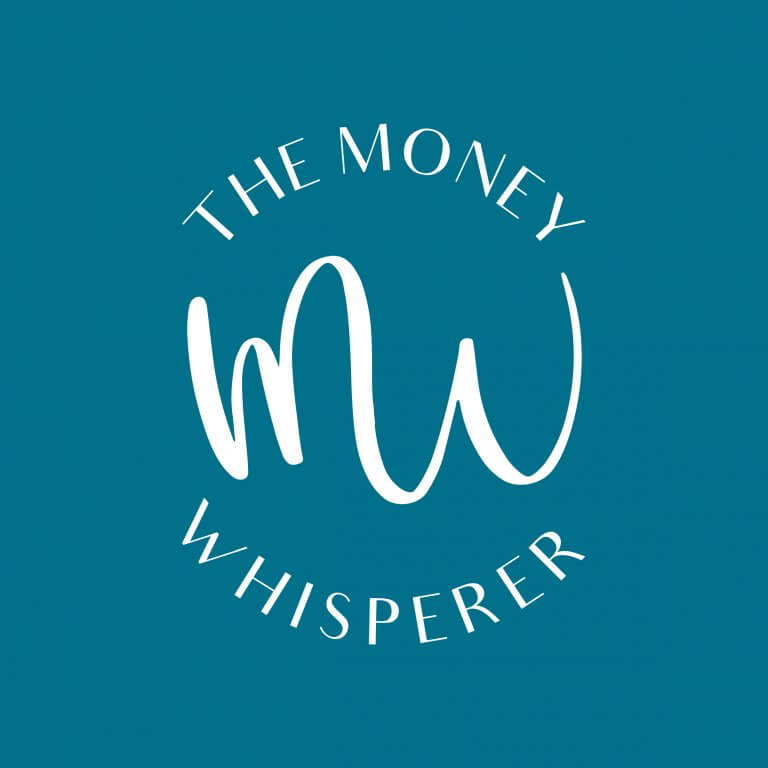This post may contain affiliate links which means that if you click through to a product or service and then buy it, I receive a small commission. There is no additional charge to you.
Buy now, pay later – is this the new clever way to pay, or a sneaky debt trap?
If you shop online then you have probably seen a rise in the buy now pay later schemes.
Often when you check out you will be given an option to use a service such as Klarna to pay for your items.
It sounds really helpful at first – the money doesn’t come out straight away, so you have time to return anything that you don’t want.
But isn’t that how debt works in general? You don’t have to pay straight away.
Let’s take a further look into how the buy now pay later schemes work:
How Does Buy Now, Pay Later Work?
It works pretty much how it sounds – you can buy something now, and can pay for it later.
With a service like Klarna you don’t have to pay any interest on your purchases either.
However it is worth noting that not all BNPL schemes are the same in that regard.
If you are purchasing something with Klarna then you have the option to pay for your order 14 or 30 days after purchase (depending on which retailer you’re using).
There is also the option of installments where you can spread the cost over 3 equal payments.
The first payment comes out when your order is confirmed, then the next payment 30 days later and the final payment 60 days later.
Klarna also offers financing agreements. The payment term is 6 – 36 months with one month between each payment.
The interest that is charged will vary, but they say it will be no more than 18.99% APR. Which is a lot!
How Does Klarna Make Money?
When you come across a new company and are feeling a bit unsure about it it’s always a good idea to check how they make money.
Klarna makes money mainly from charging retailers a fee for using them. But they also make money from late fees.
They will also make money if you use the financing option which has APR up to 18.99%.
Who Are Klarna?
They’ve recently started popping up all over the internet, but they have been going since 2005.
It was started in Sweden with the aim of making it easier for people to shop online.
They say that they are now one of the largest banks in Europe and have the following stats:
- Total end-customers: 85,000,000
- Total number of merchants: 200,000
- Number of transactions per day: 1,000,000
Which Shops Use Klarna?
If you’ve done any online shopping recently then you have probably noticed Klarna pop up as an option for payment.
But if you haven’t, let’s take a look at some of the top stores that offer Klarna:
- allbeauty
- ASOS
- Boohoo
- Burton
- Cult Beauty
- Dorothy Perkins
- Expedia
- Feel Unique
- Halfords
- In the Style
- I Saw It First
- IWOOT
- Made.com
- Microsoft
- Miss Selfridge
- Missguided
- Nasty Gal
- Nike
- Pretty Little Thing
- River Island
- Samsung
- Schuh
- Topman
There is a full list of retailers who use Klarna – these are some of the most popular stores.
Why Shouldn’t You Buy Now, Pay Later?
Whilst you’ve been reading this you may have been thinking that using Klarna sounds like a good deal, but is it?
There are lots of reasons why we think you shouldn’t use it. There is an argument that it can be used sensibly, but we are of the argument that saving up the money works better.
Encourages You to Spend More
Picture this. You’re at the checkout and didn’t realise how much the total was. You sigh and go to close the tab as you know you can’t afford it.
But hang on – it says that you don’t need to pay it all right now. You may not even have to pay for a month!
Without even realising, you have paid for the things that you initially thought you couldn’t afford.
If you look on the Klarna website they give stats for businesses who want to sign up. This is what they say:
- Having Klarna on your site will boost sales
- It will increase your average order value
- You get more customers, who buy more, and do it more often
Here are some stats for the instalment payment option:
- 55% increase in average order value from shoppers paying with instalments
- 44% of users would have abandoned their purchase if instalments weren’t available
- 94% of users are likely to revisit a retailer who offer Klarna instalments
- Shoppers go from browsing to purchasing within 25 seconds which is 3x faster than competitors
Here are some stats for the paying in 30 days extra option:
- 16% increase in average order value
- 20% increase in shopper’s purchase frequency vs card
- 22% more items in basket with Pay in 30 Days
Here are some stats for the financing option:
- 58% increased average order value
- 79% increase in conversion
- Financing users spend on average twice as much as other customers
Lack of Regulation Around Advertising
The ads for Klarna that have been floating about have been quite lax on the risk warnings.
Usually with credit companies there is relevant risk warning. This doesn’t appear to be the case with Klarna and other BNPL companies.
The retailers which offer Klarna as an option also don’t have any risk warnings.
Klarna and other BNPL companies are using a lot of influencer marketing for their marketing campaigns.
Looking at their ads, they don’t seem to have passed on the need to use risk warnings either.
Influencer marketing is very effective and followers tend to trust the brands which are promoting these sorts of things.
They have to be careful with what they promote and let people know the dangers. Lots of them appear to not be disclosing them as ads either (from the ones that we have seen).
Upon looking at the sections about Klarna on retailers sites, they don’t differentiate between the various products that they can get from Klarna.
This is important because 2 of the products use soft credit checks but 1 of them requires a hard credit check.
All of the ads that we have seen from Klarna and others fail to mention that your credit score will be affected if you don’t pay on time.
Lack of Consumer Protection
On some sites, Klarna is the default option when you go to check out. This leads to a lot of people using it accidentally.
On the Klarna website they even say that your credit score will not be impacted even if you fail to pay on time.
However, if you check the terms and conditions on their site, they do say that if you fail to pay then your debt will be passed on to a debt collection agency.
It’s easy to see why people view Klarna as a harmless option if you just go off what the people working with Klarna say.
Who They Are Targeting
Whilst there will be many arguments defending Klarna and why people want to use it, it’s worth looking at who they are targeting.
It is true that it’s easier to spread the cost of a big purchase item (we’d still prefer you to save up) – but look at who uses it.
It is mainly used by the fast fashion companies who are targeting young women in their marketing campaigns.
Nearly a quarter (23%) of 18-24 year olds have said, in a Compare the Market survey, that they will use BNPL to fund their purchases during lockdown.
They also did another study which found that nearly half (45%) of those who had used a BNPL scheme in the past year had missed at least one payment.
55% said that they had then been unable to make other payments such as credit card payments or bills.
As much as we would like to think that it can be used sensibly, it is all too easy to miss a payment or be misled by their advertising.
There is a minimum amount of £10 spending that you have to reach to use Klarna, but why would you want to put £10 on credit?
There are lots of questions that need to be answered by Klarna and the people who are promoting them.

